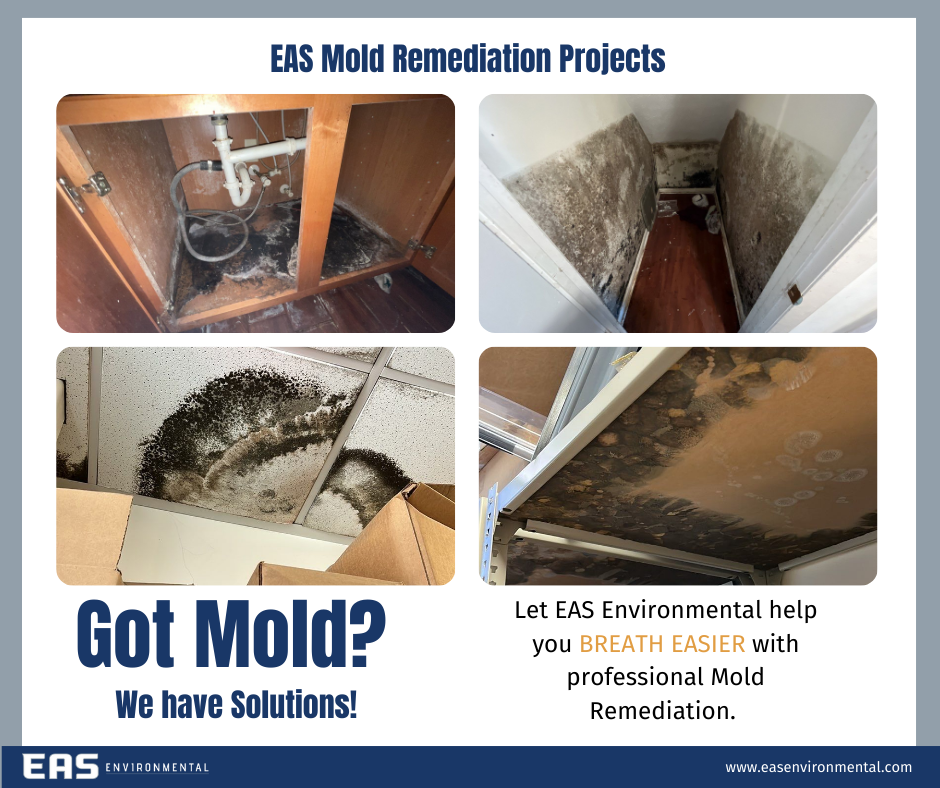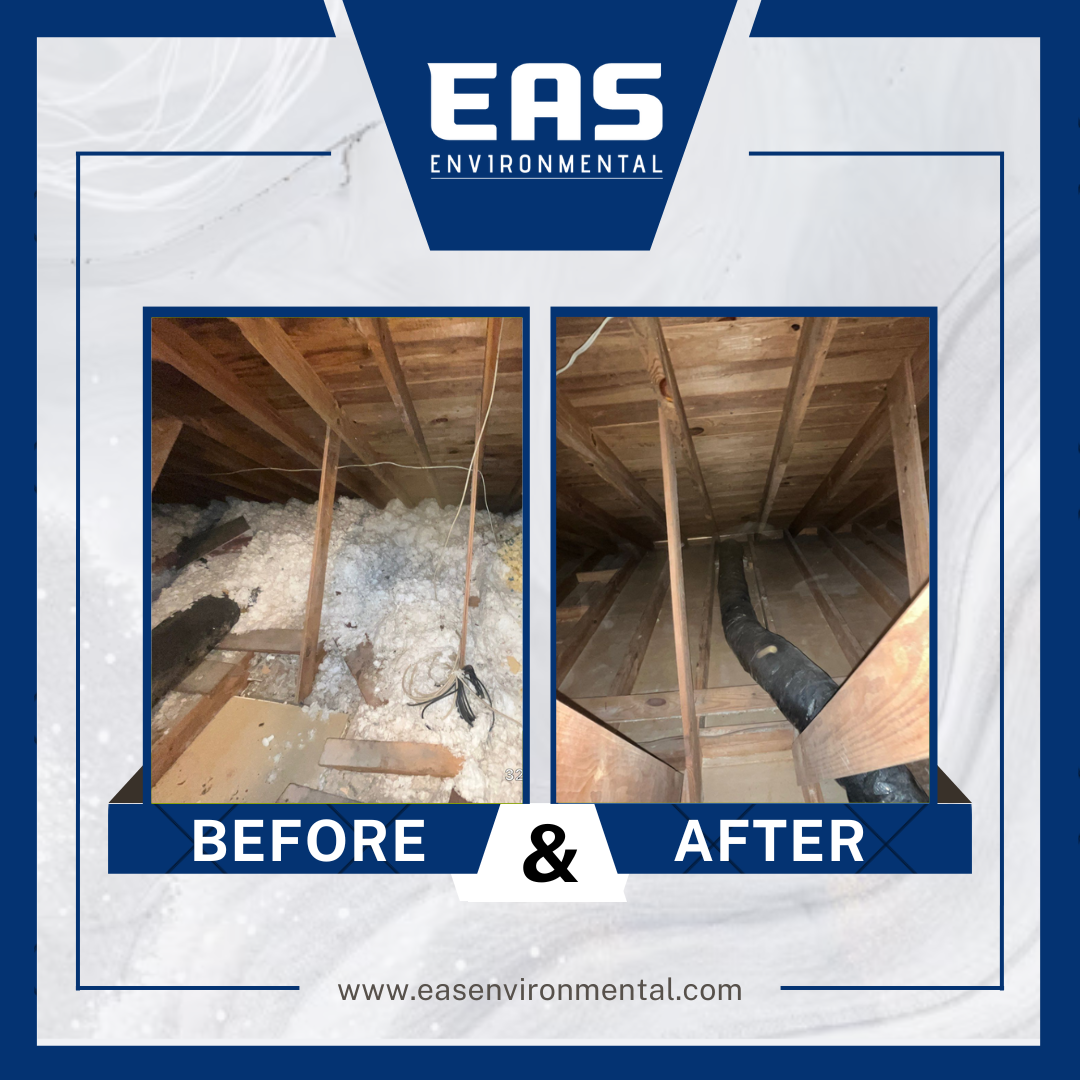
Welcome to our informative blog series, Step-by-Step Installation of Spray Foam Insulation for Crawl Spaces. In this series, we'll guide you through the process of effectively insulating your crawl space using spray foam insulation, a versatile and efficient solution for maintaining energy efficiency and temperature control in your home. From understanding the benefits of spray foam insulation to mastering the installation techniques, join us as we empower you with the knowledge and skills needed to create a more comfortable and energy-efficient living environment.
Preparation: Getting Your Crawl Space Ready for Spray Foam Insulation
Preparation: Getting Your Crawl Space Ready for Spray Foam Insulation is a crucial phase in the journey toward efficient insulation. This phase involves a series of essential steps that ensure a successful installation process and optimal insulation performance. From cleaning and clearing the crawl space to identifying and addressing potential issues like moisture, pests, and ventilation concerns, proper preparation sets the foundation for a seamless spray foam insulation application.
By meticulously preparing your crawl space, you create an environment that maximizes the benefits of spray foam insulation. This includes sealing any existing cracks, gaps, and openings, as well as ensuring proper drainage and addressing any structural concerns. As you navigate the preparation process, you'll not only enhance the effectiveness of the insulation but also contribute to improved energy efficiency, temperature control, and overall comfort in your home.
Choosing the Right Spray Foam Insulation Type for Your Crawl Space
Choosing the Right Spray Foam Insulation Type for Your Crawl Space is a pivotal step in the process of insulating your crawl space. Different types of spray foam insulation offer varying properties and benefits, making it important to select the one that aligns with your specific crawl space requirements and goals. Open-cell and closed-cell spray foam are the two primary types, each with distinct characteristics that cater to different needs.
Open-cell spray foam is known for its flexibility and excellent sound dampening properties, making it suitable for areas where noise reduction is a consideration. It has a lower insulation value compared to closed-cell foam and is often used for interior applications. On the other hand, closed-cell spray foam is denser and offers higher insulation value per inch, making it an effective choice for areas where space is limited. It also
provides a barrier against moisture and air infiltration, making it a popular choice for crawl spaces. By understanding the differences between these two types and considering factors like budget, insulation requirements, and crawl space conditions, you can make an informed decision that ensures optimal insulation performance and energy efficiency in your home.
Safety First: Protective Measures for Spray Foam Insulation Application
Safety First: Protective Measures for Spray Foam Insulation Application is a critical aspect of any DIY project involving insulation. Spray foam insulation application requires the use of chemicals and can release potentially harmful fumes during the curing process. Therefore, taking proper safety precautions is essential to protect yourself and ensure a safe working environment.
Before you begin, make sure to wear appropriate personal protective equipment (PPE), including safety goggles, gloves, and a respirator that is rated for use with spray foam chemicals. Proper ventilation is also crucial – ensure that the crawl space is well-ventilated during and after application to allow any fumes to dissipate. Additionally, consider sealing off the work area with plastic sheeting to prevent the fumes from spreading to other parts of your home. By prioritizing safety measures, you can ensure a successful and risk-free spray foam insulation application process that contributes to a safer and healthier living environment for you and your family.
FAQs
Contact EAS Environmental Today!
EAS Environmental will do everything we can to ensure your experience with us is excellent.
Request A FREE Estimate
Request a Free Estimate Form
Checkout Recent Post



Got a Question? We’re Here to Help.
You can arrange an appointment or make an enquiry by phone or email, orget in touch to us via our contact form.


